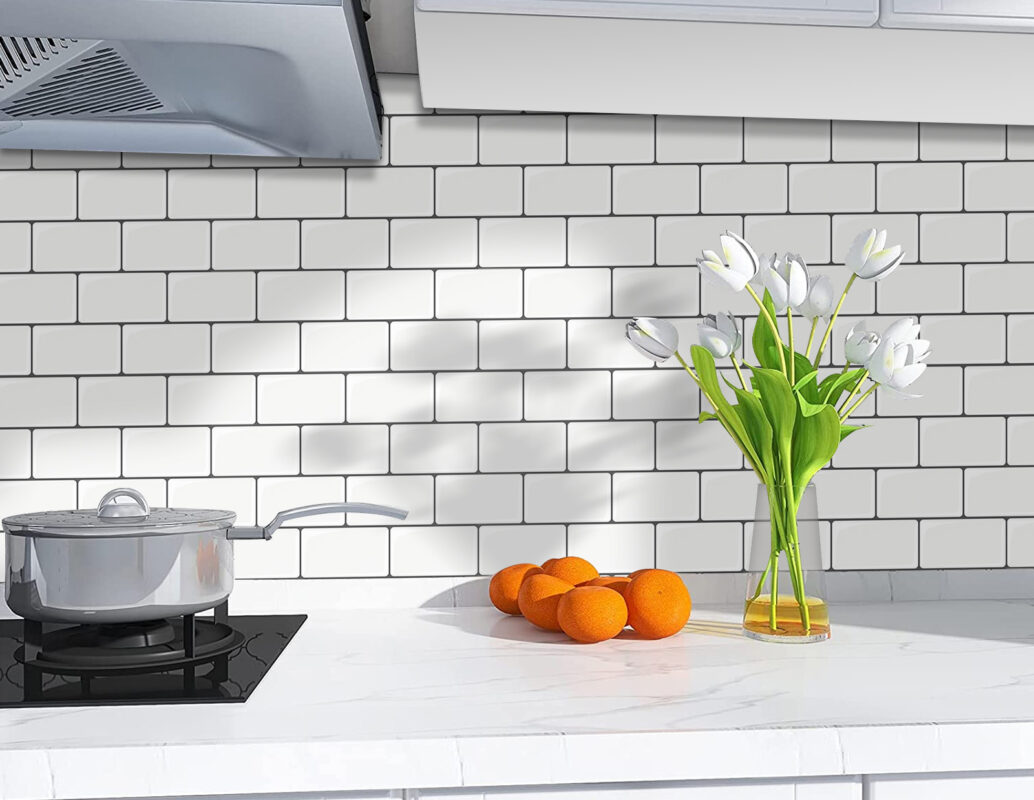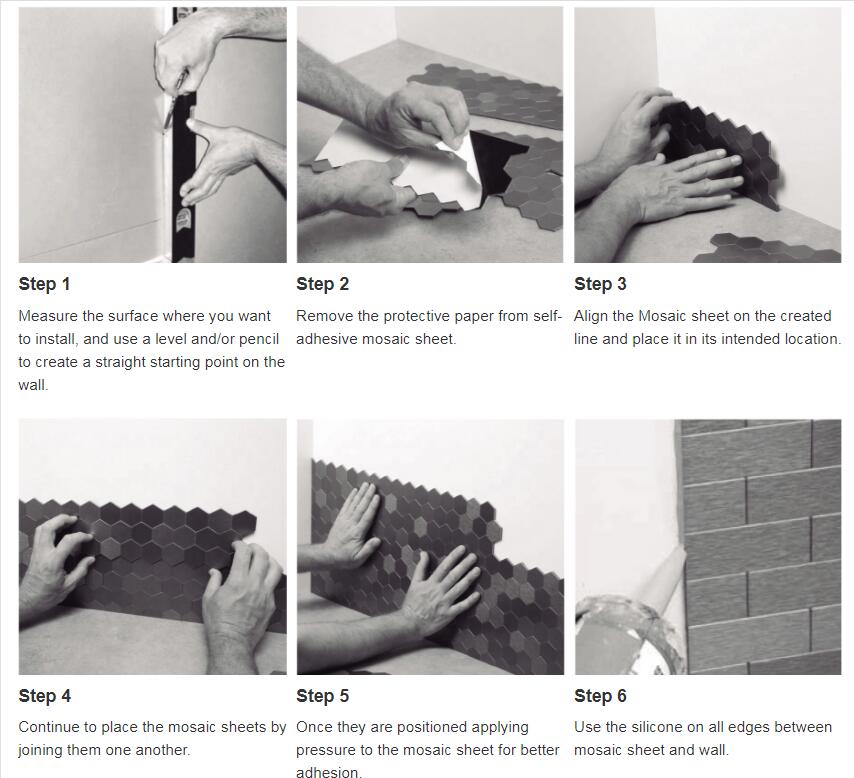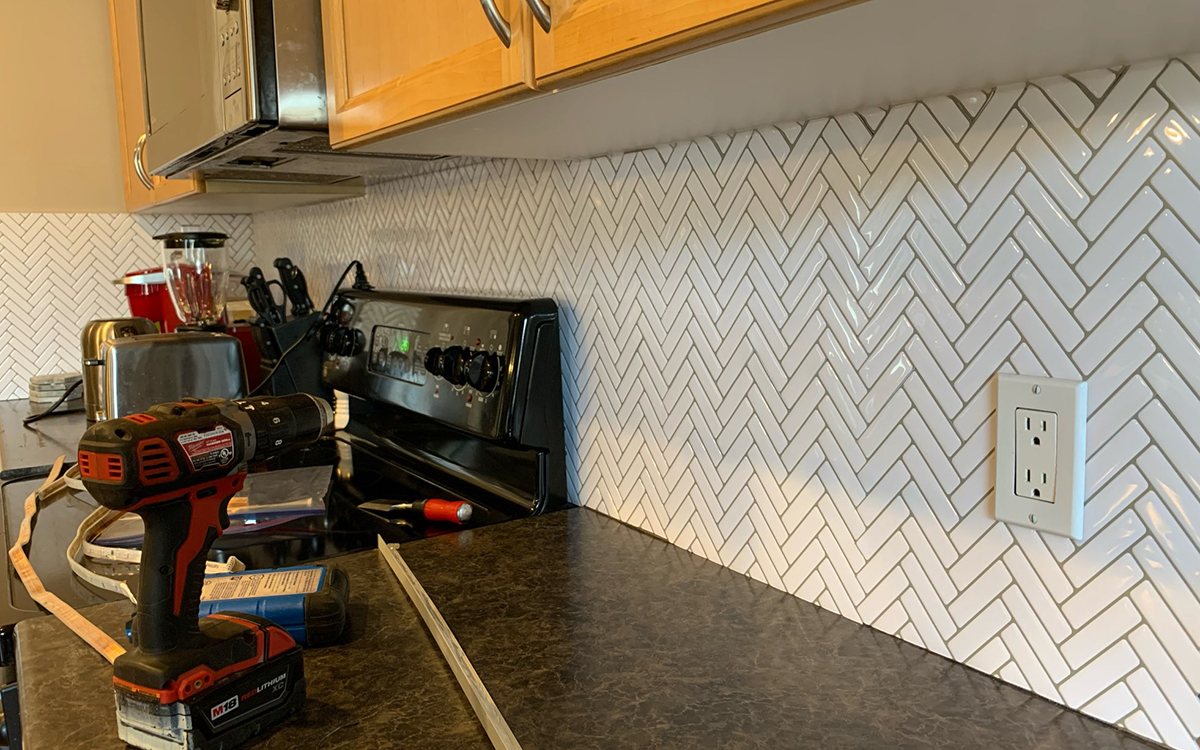When it comes to select peel and stick wall tiles, one common concern is whether they will damage your walls. The answer depends on several factors, including the type of tile, the surface of the wall, and your removal skills.
Lightweight Tiles: Easy Removal with Minimal Risk
For lightweight peel and stick wall tiles made from vinyl or PET-based materials, removal is often a breeze. These backsplash tiles typically have a weaker adhesive that allows for gentle heat application using a hairdryer or similar tool. With controlled heat and a slow, steady motion, you can remove these tiles without causing significant damage to the surrounding walls.
Heavyweight Tiles: Require Caution and Patience
On the other hand, heavier peel and stick wall tiles like PVC composite tiles, metal- backed tiles, or glass tiles, they tend to have stronger adhesives that require more care during removal. These tiles are designed for durability and longevity, which means they can be more resistant to removal without causing damage.
When dealing with these heavyweight tiles, it’s essential to exercise caution and patience to avoid damaging the walls or surrounding surfaces. A little prying, gentle handling, and controlled motion can help minimize damage and ensure a successful removal.
Tips for Minimizing Damage during Removal:
- Choose the right tile: Opt for lightweight tiles with weaker adhesives if you are a renter. Like peel and stick vinyl tiles or PET tiles.
- Use a gentle removal method: Apply heat using a hairdryer or similar tools. Follow the removing steps, slowly and steadily remove the tiles from the wall.
- Clean the wall before installation: Make sure the wall is clean and free of dust, dirt, or other substances that could interfere with the adhesive’s performance.
Conclusion:
Peel and stick wall tiles can damage walls if not removed properly. However, by choosing the right tile for your project, using a gentle removal method, and exercising caution during the process, you can minimize the risk of damage and ensure a successful installation.
Remember to always prioritize safety and take necessary precautions when working with any type of tile or adhesive. Happy decorating!
















